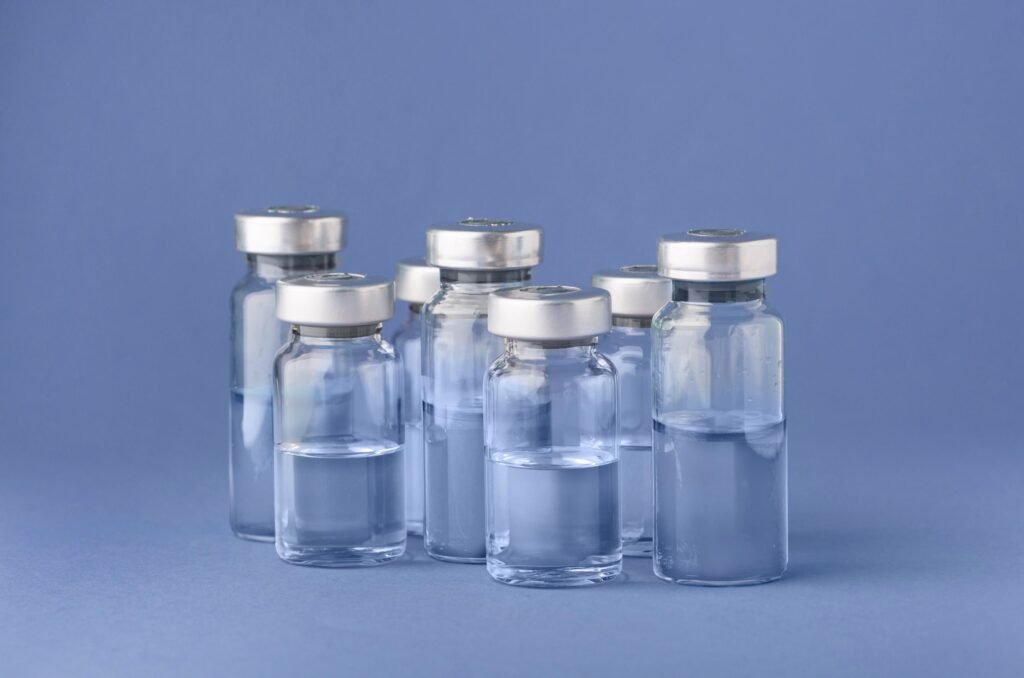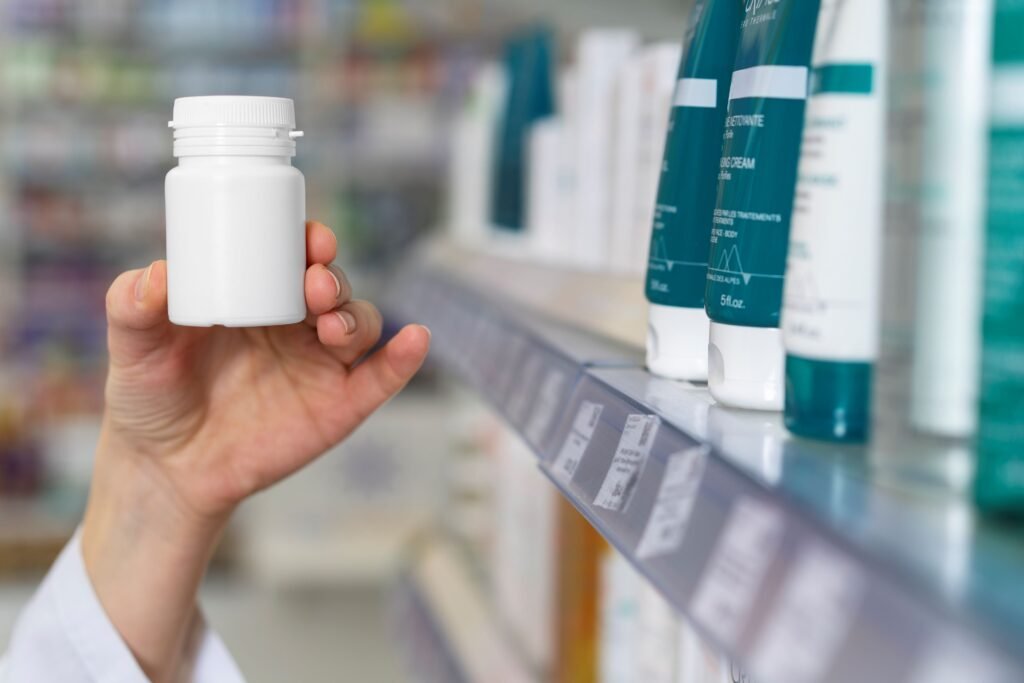
Certainly, the magnitude of waste in Pharma is not as impactful as that of the food sector. Indeed, the regulations governing packaging are very strict. However, due to the EU Regulation on packaging and packaging waste, change is on the horizon here too. It’s less immediate, requires management, but must certainly be taken into account from now on.
We are facing a contradiction in terms: human health is tightly linked to the health of the planet, yet often, when considering packaging, the Pharma sector focuses much on the former and very little, if at all, on the latter. Until recently, this could go unnoticed, but now we are at a turning point: the world of pharmaceutical packaging can no longer ignore sustainability, especially since the World Health Organization itself is demanding it.
Thus, whereas a few years ago the choice of a drug’s packaging was dictated primarily by two fundamental aspects, namely safety and reliability, sometimes supplemented by convenience, today sustainability becomes—and will increasingly be—a key aspect, to be considered by design.
Certainly, in terms of waste, the Pharma sector does not “boast” the same volumes as other sectors, such as the food industry, but reflection is needed, if only because here change is certainly more gradual and, above all, complex. Essentially, it needs to be managed.
Primary and secondary packaging: very different wastes
In Italy, the disposal of drugs, considered special waste, is regulated by the decree of the President of the Republic of July 15, 2003, no. 254 (“Regulations concerning the management of healthcare waste pursuant to art. 24 of the law of July 31, 2002, no. 79”); the European Union obviously has its guidelines, but each country has specific regulations.
When it comes to recycling, it is essential to distinguish between packaging that directly contacts the product (called primary), which remains contaminated by the latter even after use, and secondary packaging, whether it be a protective film, a paper box, or other.
In Pharma, for secondary packaging, disposal is simple: just collect and dispose of waste as directed by the authorities. But for primary packaging, more caution is needed because the substance or drug cannot be treated like, for example, simple food residues. In some cases, indeed, the residues left inside the primary packaging can chemically interact to the point of compromising the recycling process.
This is particularly true for compostable materials: without knowing the exact chemical composition of the cream or fluid, we cannot be sure that these are compostable. And if they are not, the disposal of that container would truly compromise the celebrated “return to nature” of compostable packaging.
Given how utopian it is to think that Pharma sector packaging can be completely decontaminated to the point that it can be recycled and reused safely, the only alternatives on the horizon are incineration or landfill disposal. But even here, the issue is more complex than it seems: can the substances in question be burned without releasing harmful gases? Or can they be stored without altering groundwater?
It’s clear how the theme of recycling pharmaceutical packaging is of primary importance. For this reason, the WHO encourages pharmaceutical companies to consider the degree of recyclability of their products at the end of their lifecycle, aiming, where possible, to prioritize packaging with a lower environmental impact.


Stringent regulation and the need for minimalist packaging
We know how the EU Regulation on packaging and packaging waste will require the use of recyclable packaging made with a minimum percentage of recycled material for all medicinal products by January 2035. Moreover, the packaging must be reduced to the minimum necessary size.
These requirements create particular challenges for the sector: time and investments will be needed to find feasible solutions that reduce the environmental impact of packaging waste, while simultaneously meeting the high standards of quality and safety of pharmaceutical products.
Certainly, it’s not an easy transition, especially since pharmaceutical packaging is strictly regulated by stringent regulations aimed at protecting the end consumer.
When a new drug is introduced to the market, it must pass rigorous tests that also include an evaluation of its packaging. Any changes to it require a new, complete regulatory assessment, leading to extended timelines and additional costs. This makes pharmaceutical companies very cautious in their packaging decisions, often forcing them to accept compromises that are not optimal from a sustainability standpoint.
A strongly followed path is that of lightweighting, i.e., reducing the weight of the packaging, which however remains unchanged in terms of format and materials. The goal of lightweighting is to reduce production costs, resource consumption, and the overall environmental impact of the packaging, while maintaining standards of protection and presentation of the product.
It is certainly a less impactful choice, but one that does not effectively fit into the logic of sustainability, and above all, of a paradigm shift. Yet, according to the recent report from PMMI (Association for Packaging and Processing Technologies) entitled “Pharmaceutical Manufacturing, Trends Shaping the Future,” a full 67% of drug manufacturers cite lightweighting as a strategy for environmental sustainability.
Sustainable packaging by design
If on one hand, the legislator can do much, for example, encouraging greater openness to innovative materials, like biopolymers, and processes that save in terms of energy and materials, it goes without saying how the attention of the consumer can also play a key role. Here it must be noted that the urgency of the problem is increasingly concerning patients, leading them to loudly demand public awareness campaigns and legislative measures that would have a strong impact on pharmaceutical companies. A bottom-up driven change, as is happening in other sectors.
The repercussions of plastic pollution are vast, and we all have before our eyes the images of plastic islands (or Plastic Vortex) in the heart of the oceans. What does it mean, then, for a company to contribute to reducing this devastation? There are various paths, which can also be integrated.
The first, more obvious, involves optimizing packaging, which involves removing unnecessary elements without compromising the safety of the product. Optimized packaging not only reduces waste but can also help minimize other environmental impacts—including the production of those same removed elements. Packaging optimization is now a well-established trend in many sectors and is also appreciated by consumers.
Another step involves increasing, where possible, the percentage of recycled materials, promoting the circular economy, and reducing the demand for virgin resources. If this is not possible for packaging in direct contact with the drug, it is quite different for secondary packaging. But even considering recycling already at the design stage is an important step. By creating designs for packaging that are easy to disassemble, prioritizing materials with a lower environmental impact, and adhering to the design for recycling criteria defined in the EU Regulation on packaging and packaging waste, a big difference can be made.
A future to be written
It’s always a matter of how you look at the glass, whether half full or half empty. But this time optimism has its reasons: the margins for improvement are immense, technologies can help drastically reduce, minimize in the true sense of the word, the impact of Pharma packaging on the planet. The paths are varied, the consumers (here patients) are informed, the market is ready.
It’s just a matter of embracing this change, knowing that, like any novelty, it represents a challenge, but that, like all challenges, can yield unexpected results. Packaging is no longer seen just as an accessory, but as an integral part of a purchasing decision. May it be the best possible solution.
